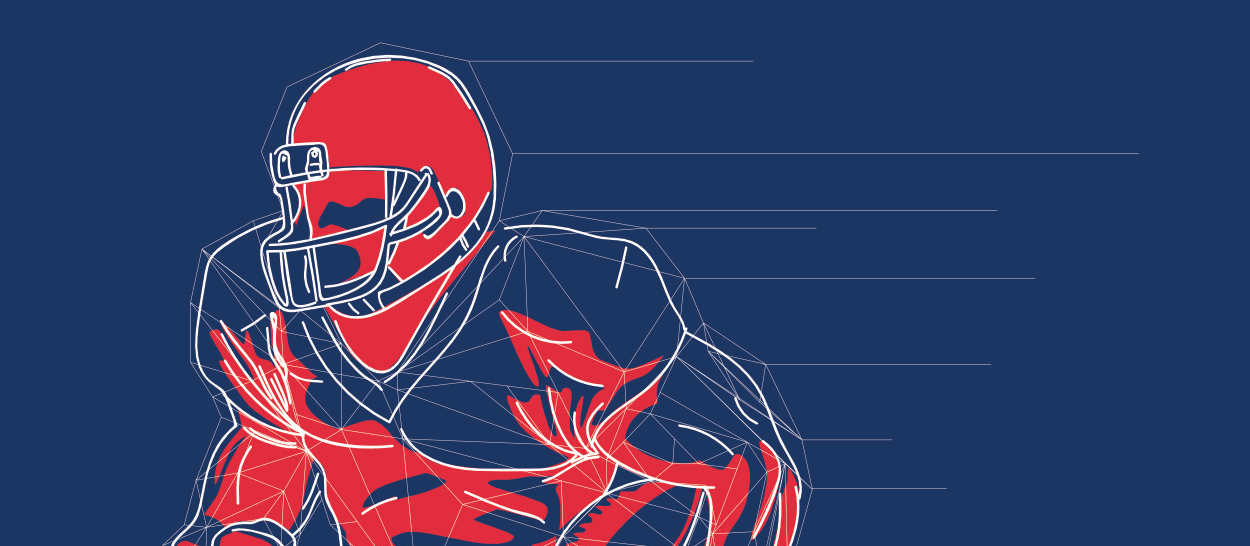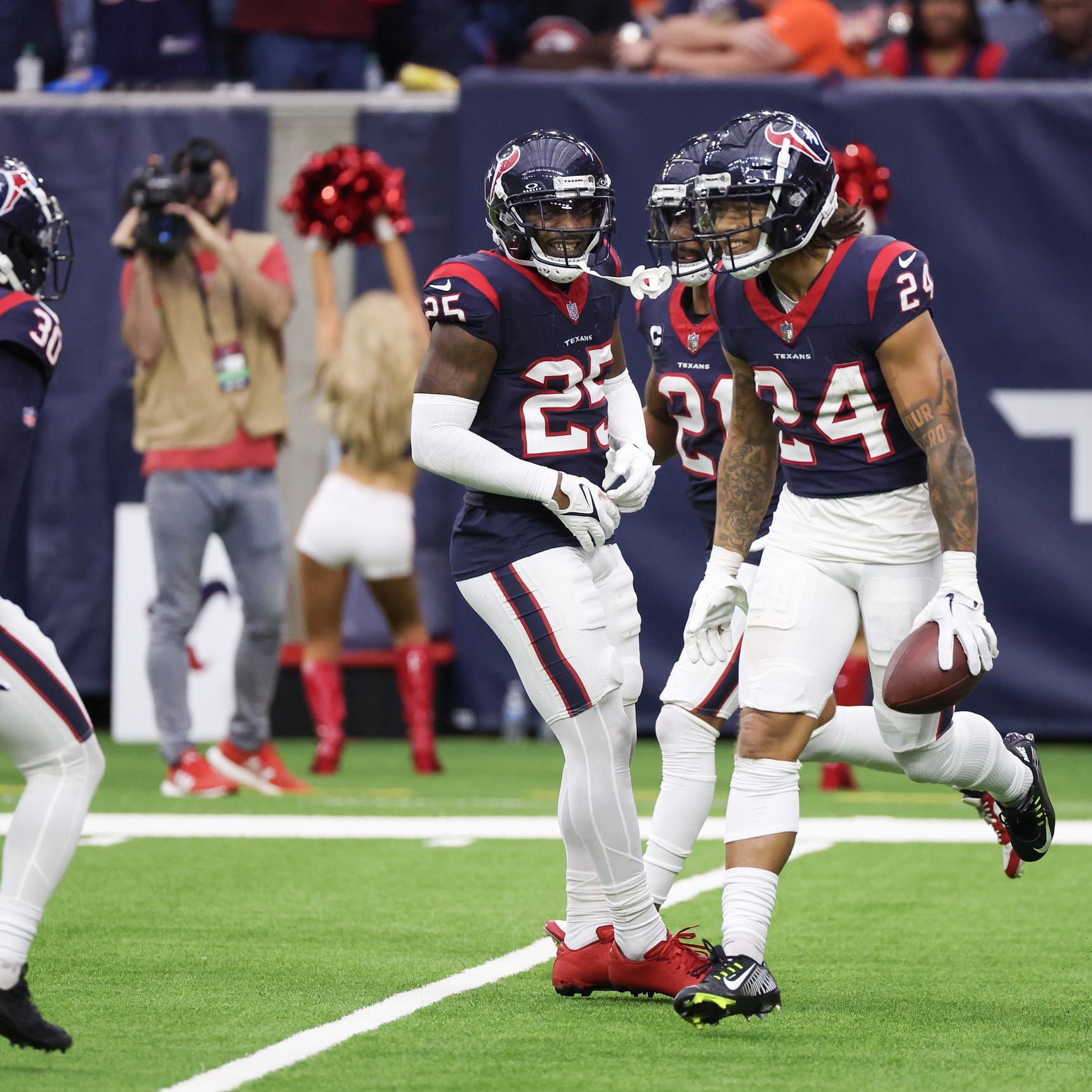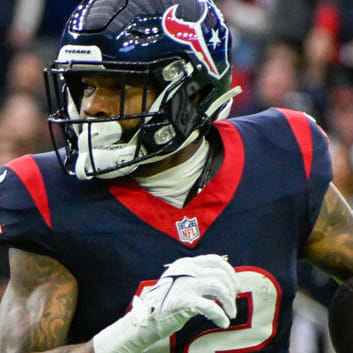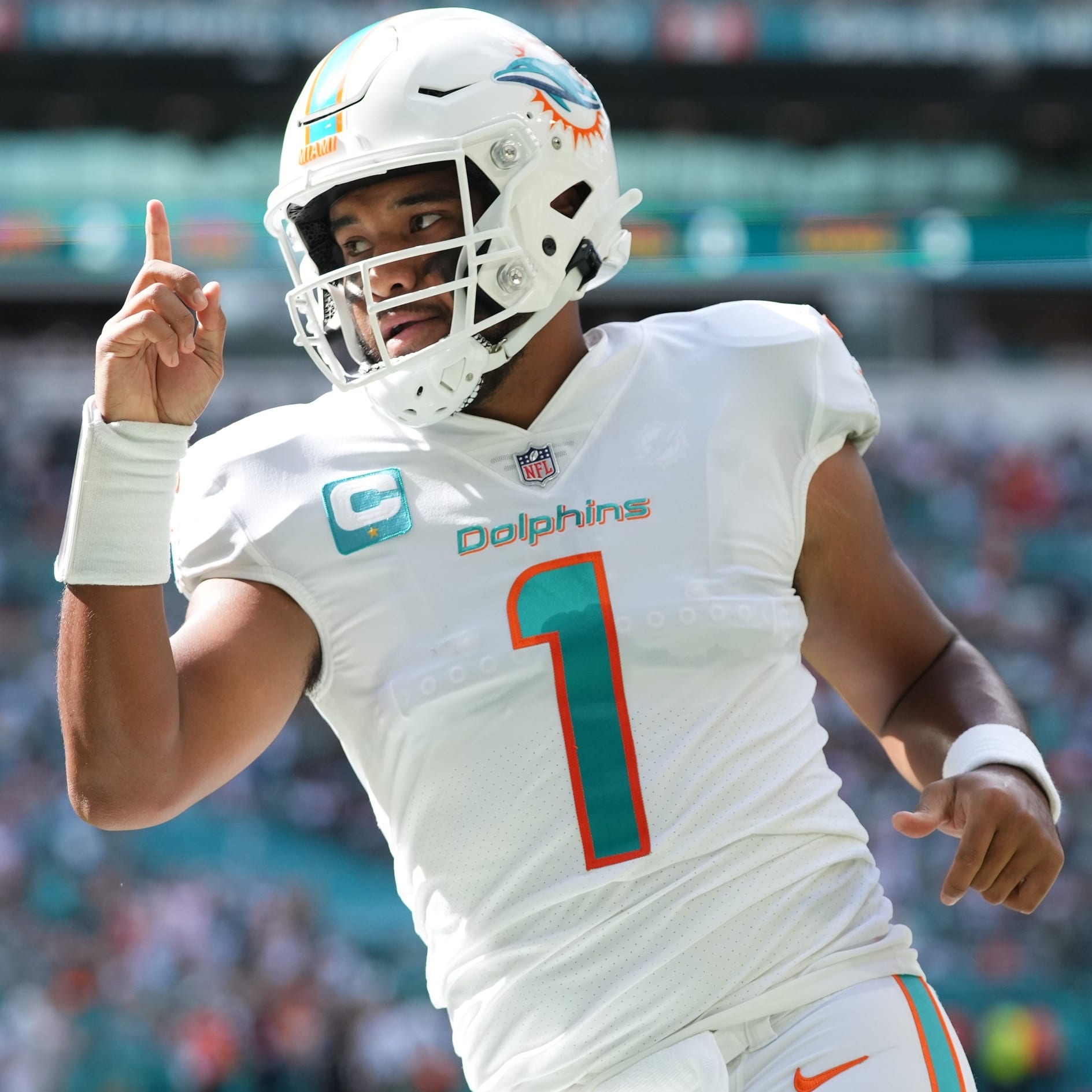This article is part of our According to the Data series.
VBD, Baseline Players, and a Flexible Draft Strategy
There are all sorts of draft strategies, all of which are meant to help you compile the best overall fantasy football team. One strategy I've discussed a lot lately is Value Based Drafting - a method that involves setting a specific baseline for each position, then calculating how each player compares to that baseline.
Recently, Chris Liss sent me an e-mail with an article he wrote critiquing VBD. All of the problems he brings up are real, but the one that is most potentially damning to VBD, in my opinion, is that our choice of a baseline player is (basically) arbitrary:
It's easy to use RGIII as the baseline QB, but given his injury and playing style, most people probably have him projected for only 13-15 games. As such, if you were to draft him, you'd likely get 14 games of RGIII plus two other games of the No. 20 QB, or whomever you managed to pick up that week. Michael Vick presents a similar problem. Moreover, what about the owner who drafts Eli Manning and Philip Rivers and plays only optimal matchups? Or the one who hits the waiver wire and mixes and matches every week? On the downside, some owners will get burned playing matchups, and others will see their signal callers injured in the first quarter in some games. In sum, the baseline is a moving target and so the No. 12 QB's projected line might not be a
VBD, Baseline Players, and a Flexible Draft Strategy
There are all sorts of draft strategies, all of which are meant to help you compile the best overall fantasy football team. One strategy I've discussed a lot lately is Value Based Drafting - a method that involves setting a specific baseline for each position, then calculating how each player compares to that baseline.
Recently, Chris Liss sent me an e-mail with an article he wrote critiquing VBD. All of the problems he brings up are real, but the one that is most potentially damning to VBD, in my opinion, is that our choice of a baseline player is (basically) arbitrary:
It's easy to use RGIII as the baseline QB, but given his injury and playing style, most people probably have him projected for only 13-15 games. As such, if you were to draft him, you'd likely get 14 games of RGIII plus two other games of the No. 20 QB, or whomever you managed to pick up that week. Michael Vick presents a similar problem. Moreover, what about the owner who drafts Eli Manning and Philip Rivers and plays only optimal matchups? Or the one who hits the waiver wire and mixes and matches every week? On the downside, some owners will get burned playing matchups, and others will see their signal callers injured in the first quarter in some games. In sum, the baseline is a moving target and so the No. 12 QB's projected line might not be a good stand-in for it.
Chris is right. What real reasoning is there for pinpointing any particular player as the baseline? If we're going to make draft day decisions based on a specific system, shouldn't that system provide us with numbers that are meaningful?
My answer is twofold: first, VBD should be used solely as a ranking strategy, not as a draft strategy, and second, the strategy's worth comes in its pragmatic qualities.
A Ranking Strategy
All other things equal, we want to draft the scarcest players at each position. But how do we know who is scarce? We create projections, and then often mold those projections into tiered rankings. When there's a major drop in projected production, we create a new tier.
VBD can enhance the accuracy of those tiers. By implementing a baseline player, even if it is relatively arbitrary, we're factoring the overall scarcity of each position into our rankings. If you have both Jimmy Graham and Andre Johnson projected to score 250 points, for example, you'd clearly be much better off going with Graham because he plays a much thinner position. You can't make up for that kind of production with other tight ends. VBD helps us quantify that value, and it enhances its accuracy over a traditional projection.
Plus, remember that VBD isn't completely arbitrary. Most systems use the final starter at a position as the baseline; if you're in a 10-team league that starts one quarterback and two running backs, for example, your baselines would be the 10th quarterback and 20th running back. While the decision to use the final starter as the baseline might be arbitrary, the relationship between the baselines for each position isn't; we're not just blindly choosing baseline players for each position independently of what we chose for the others.
Truth in Practicality
There's an entire branch of philosophy - known as Pragmatism - that argues for truth not as an objective fact, but simply as practical utility. Something is true if it is useful. Truth, then, comes not in a mirroring of reality, but as a tool for prediction.
If that's the case, VBD has truth in that it can be practical. It doesn't matter if the baseline choices are arbitrary or if the numbers they generate hold value in any objective sense; it just needs to work. And I'd argue that, as a method through which we rank players at different positions and formulate projection-based tiers, VBD works.
Not a Draft Strategy
However, I must say that the implementation of VBD on draft day can be a death sentence. The reason VBD works beforehand is that we aren't necessarily comparing players at separate positions. VBD holds value only in that it can help rank players within individual positions.
Before the draft, for example, I create four separate big boards - one each for quarterbacks, running backs, wide receivers and tight ends. A quick look at the year-to-year consistency correlations for defenses and kickers should explain why I don't even bother to rank them.
I create four separate boards - and never merge them into a big board - because the value of each position is constantly fluctuating on draft day. If other owners are very high on running backs for some reason, the value of that position will get inflated. Similarly, the worth of individual players can increase when they become the last in their tier. If you're drafting based solely on VBD and creating separate tiers among all players, you'll miss out on that scarcity.
It's easier to see the limitations of a single big board in auction formats. Auction drafts are very much a marketplace in which owners bid on specific commodities. When Aaron Rodgers goes for $60 in your auction draft, it will set off a chain reaction because the other quarterbacks' prices will be based off of that number. If you're forced to pay more than you anticipated for a quarterback, it will change the relative value of every other position, immediately rendering your single big board useless. It creates a scenario in which your board - and your decision-making - must be flexible.
Ultimately, there are issues with VBD, particularly as a draft strategy. The choices for baseline players are semi-arbitrary, and the system breaks down when we combine positions. But that doesn't mean it's not valuable.
The great pragmatic philosopher William James once wrote:
Grant an idea or belief to be true. What concrete difference will its being true make in anyone's actual life? How will the truth be realized? What, in short, is the truth's cash-value in experiential terms?
Flawed as it may be, VBD's "cash-value" comes in its ability to help make accurate predictions. At the end of the day, that's all fantasy owners are trying to do.
Jonathan Bales is the author of the Fantasy Football for Smart People book series. He also runs the "Running the Numbers" blog at DallasCowboys.com and writes for the New York Times.










